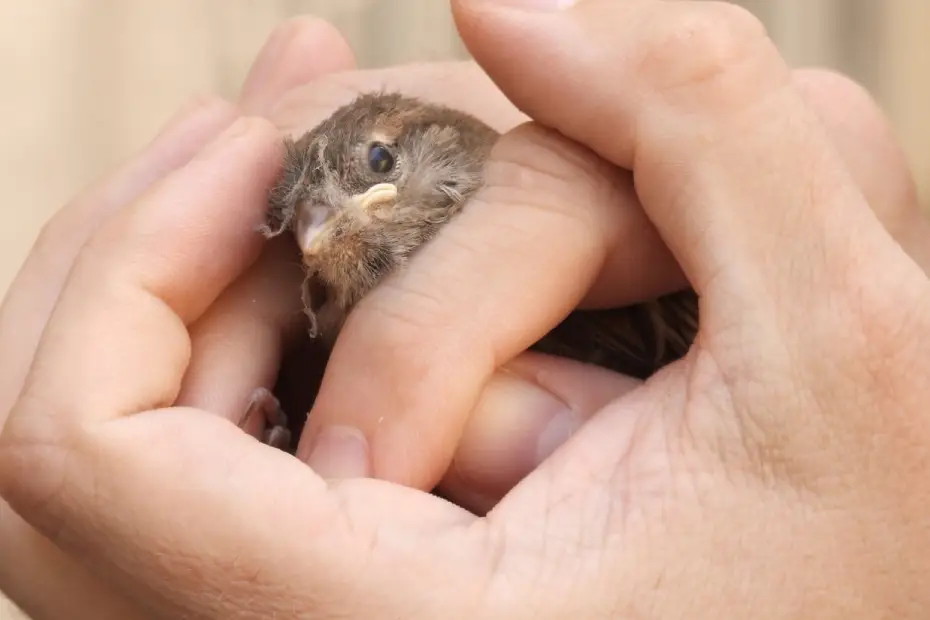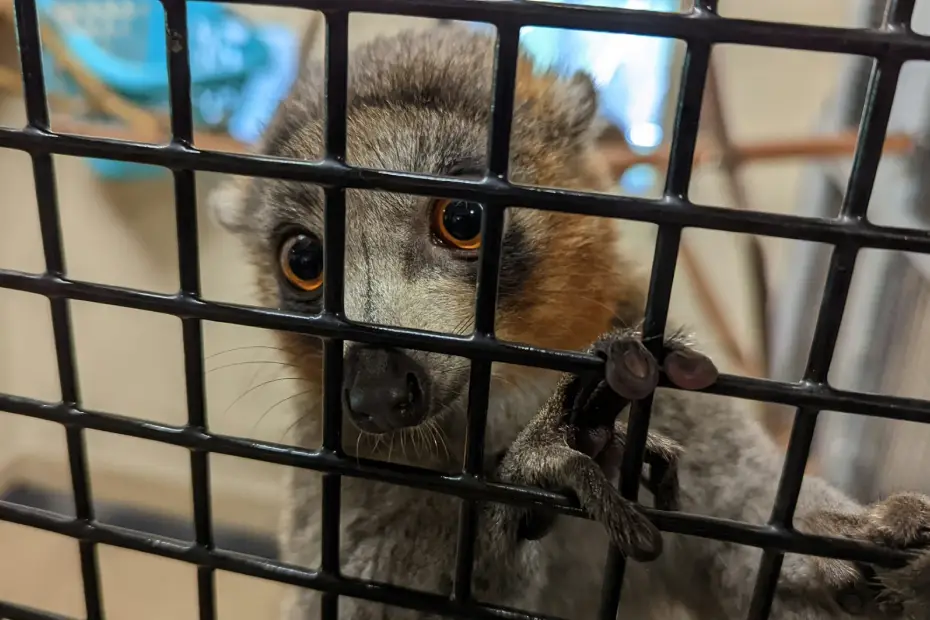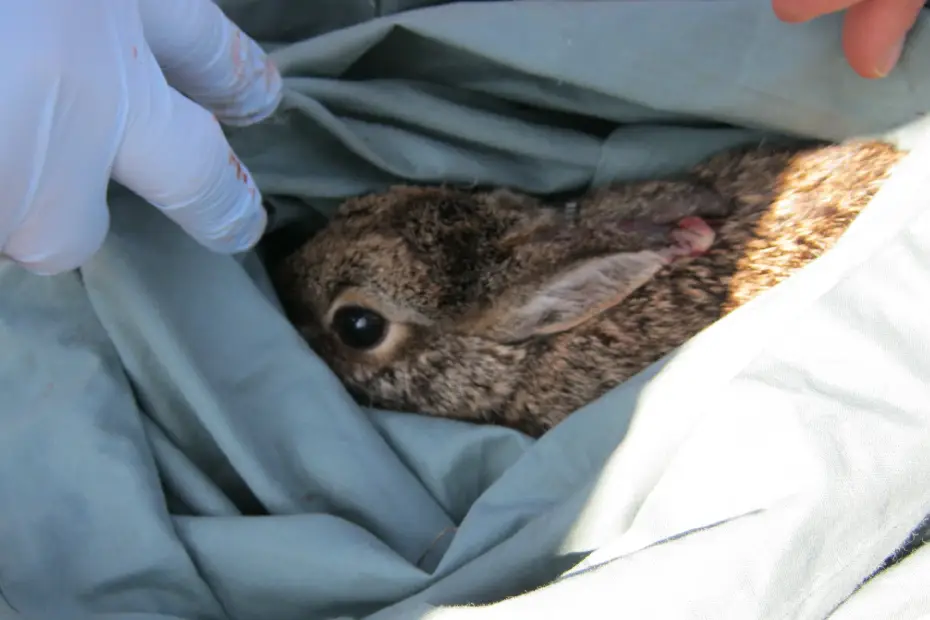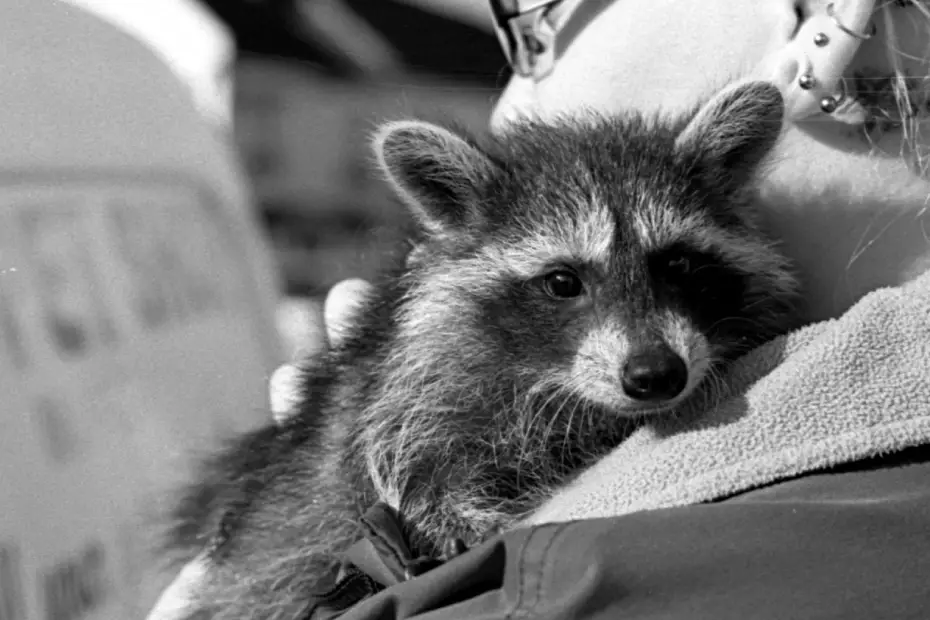Table of Contents
Introduction
Numerous wild creatures fight a silent war for existence in the middle of expanding suburbs and busy cities. Urban environments are home to a broad range of animals, including squirrels who dash across busy roadways, raccoons that rummage through trash cans, and birds that nest on precarious ledges. But there are many difficulties in the concrete jungle of existence. Their well-being is seriously threatened by pollution, habitat loss, and conflicts between people and wildlife. In the face of these difficulties, wildlife rehabilitation facilities stand out as sources of hope, offering sick, injured, or abandoned urban animals humane care and a second opportunity.
These facilities are more than simply hospitals; they are sanctuaries where committed staff members and volunteers give their all to cure injured wings, restore the health of abandoned infants, and give a safe place to animals in need. Their goal is not only to treat these creatures; it also involves rehabilitating them so that they can be successfully released back into their native environments. Wildlife rehabilitation facilities are essential for maintaining the delicate balance of urban ecosystems and promoting peaceful cohabitation between people and wildlife because of their humanitarian efforts.
Understanding Urban Wildlife
A vast range of creatures that have evolved to survive in settings where humans predominate or are making efforts to do so are collectively referred to as urban wildlife. These creatures—which range in abundance from pigeons and squirrels to the more secretive coyotes and foxes—often have to make their way through a difficult and complicated environment. Their native habitats have been significantly impacted by urbanization, with its unrelenting growth of steel, concrete, and asphalt. As a result, they now have to adjust to reduced green space, different food sources, and an increase in human interaction.
Urbanization has a variety of effects on animals. Their access to food, water, and shelter is restricted due to habitat loss and fragmentation, which also disturbs their usual habits. Their reproduction and general health may suffer as a result of pollution, which includes light, noise, and contaminating the air and water. Furthermore, confrontations with household pets, auto accidents, and unintentional trapping are only a few examples of the human-wildlife conflicts that constantly threaten their survival.
Numerous species have proven to be remarkably resilient and adaptable in the face of these difficulties, securing niches for themselves in the urban jungle. But the ability to survive frequently depends on the resources that are available and the tolerance of human populations. Wildlife rehabilitation facilities are vital to reducing the adverse effects of urbanization because they provide as a safety net for animals in need and encourage a more peaceful cohabitation of people and wildlife.
The Crucial Role of Wildlife Rehabilitation Centers
Centers for the rehabilitation of wildlife provide essential support to distressed urban creatures. They are manned by committed experts and volunteers with the knowledge and empathy to look after a variety of animals. These facilities provide as safe havens where sick, injured, or abandoned animals can get the care, food, and therapy they require to heal and flourish.
A wildlife rehabilitation center’s main duties are as follows:
- Rescue: answering requests for the rescue of wounded or abandoned wildlife from the general public or animal control organizations.
- Treatment: delivering emergency medical care, such as dressing wounds, stabilizing fractures, and giving prescriptions.
- Rehabilitation: Physical therapy, behavioral enrichment, and specialized care are used to nurse animals back to health.
- Release: Rehabilitated animals are returned to their native environments with the assurance that they possess the knowledge and fortitude necessary to live independently.
These facilities use the best standards for rehabilitating wildlife and prioritize the welfare of the animals while operating under stringent ethical criteria. They collaborate closely to deliver the best possible care with scientists, veterinarians, and other specialists. They frequently take part in educational outreach initiatives as well in order to encourage responsible coexistence and increase public awareness of urban wildlife protection.
Wildlife rehabilitation facilities serve a vital role in preserving the biodiversity and ecological balance of metropolitan areas by giving injured and orphaned animals a second chance. They motivate us to preserve and value the wildlife that coexists with our cities and towns and act as a reminder of our connection to the natural world.
A Closer Look at the Rehabilitation Process
Urban wildlife rehabilitation is a complex process that calls for persistence, commitment, and specialized understanding. Depending on the species, age, and type of injury or disease, every animal that comes to a rehabilitation facility faces a different set of difficulties. To guarantee an animal’s best chance of recovery, the rehabilitation team thoroughly examines each one, creates a customized treatment plan, and offers continuing care.
Typical Steps in the Rehabilitation Process
- Intake and Assessment: After the animal is brought into the center, its health is assessed and any urgent medical requirements are taken care of.
- Medical Treatment: The animal may get a variety of therapies, including wound cleansing, suturing, fracture repair, drug administration, or surgery, depending on the nature of the injury or sickness.
- Nutritional Support: A species-appropriate diet is given to the animal to guarantee it gets the nutrients it needs for healing and recovery.
- Physical Therapy:In order to restore its strength and mobility, an animal that has had physical damage may need to go through physical therapy.
- Behavioral Enrichment: Foraging, climbing, and socializing are examples of natural behaviors that the animal is allowed to partake in in order to preserve its physical and mental well.
- Release Preparation: The animal is progressively returned to its original habitat as it recovers, making sure it has the abilities and fortitude to live independently.
- Release: The animal is carefully moved to an appropriate environment and given the chance to restore its position in the wild once it is judged healthy enough for release.
The goal of the rehabilitation procedure is to give the animal a loving, stimulating environment that encourages recovery and gives it the tools it needs to become independent again. The ultimate objective is to get the animal back to its native environment, where it can flourish and support the ecosystem’s ecological balance.
Overcoming Challenges in Urban Wildlife Rehabilitation
Although working at animal rehabilitation centers is undoubtedly enjoyable, there are difficulties involved. Urban settings provide particular challenges that can make rehabilitation more difficult and make it more difficult for animals to be successfully released back into the wild.
The loss and fragmentation of habitats is one of the most urgent problems. Wildlife must cross a patchwork of fragmented habitats, frequently divided by busy roads, buildings, and other barriers, as cities grow and green spaces disappear. Rehabilitated animals may find it more difficult to reintegrate into their natural surroundings as a result of this fragmentation, which may restrict their access to food, water, and shelter.
The frequency of conflicts between people and wildlife in urban settings presents another difficulty. Wildlife can be hurt or killed by domestic pet encounters, car accidents, and unintentional capture. Animals that have been the victims of such fights frequently end up in rehabilitation clinics, needing extra care and attention to heal both physical and psychological damage.
In addition, ethical issues are also important in urban wildlife rehabilitation. Carefully considered decisions about treatment, release, and euthanasia must be taken, taking into account both the specific animal’s needs and the larger ecological context. The complicated legal requirements governing the care and release of wildlife must also be negotiated by rehabilitation facilities.
Wildlife rehabilitation facilities survive in the face of these obstacles because of their unshakable dedication to conservation and compassion. They put up endless effort to overcome challenges, modify their procedures, and come up with creative solutions to guarantee the effective rehabilitation and release of city animals. They assist communities and wildlife alike with great importance, thanks to their commitment and knowledge.
Success Stories: Urban Wildlife Rehabilitation in Action
Despite the difficulties involved in rehabilitating urban animals, these institutions have a significant influence, as seen by the many touching success stories. These tales remind us of the strength of compassion and the resiliency of the natural world, acting as rays of hope.
Case Study 1: The Resilient Raccoon
A juvenile raccoon was taken to a wildlife rehabilitation facility after it was discovered hurt and abandoned close to a busy highway. With a broken leg and extreme thirst, the raccoon’s prospects of surviving appeared remote. Nonetheless, the center’s committed personnel offered 24-hour care, which included hydration treatment, a customized diet, and surgery to fix the fracture. The raccoon recovered remarkably over a few weeks, gaining its strength and mobility again. After being judged healthy enough to be released, the raccoon was cautiously brought to a nearby wooded area, where it skittered into the undergrowth, eager to return to its natural habitat.
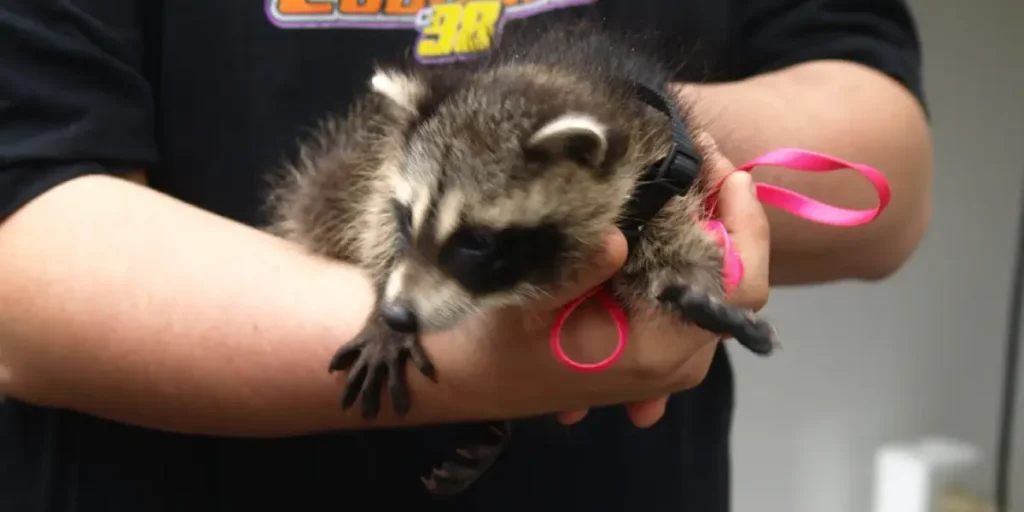
Image: Paula Lively / immerse.zone/
Case Study 2: The Orphaned Owl
After their parents were killed in an accident with a building, two baby owls were found cuddled up in a tree cavity and sent to a rehabilitation facility. The little owlets, only a few weeks old, were thin and undernourished. They were fed a diet of specially prepared food and given a warm, safe atmosphere by the center’s workers. The owlets were placed in a flight cage to hone their hunting and flying skills as they became stronger. They were eventually allowed to return to the wild with the resources they required to survive on their own.
The transformational potential of wildlife rehabilitation is demonstrated by these success stories and innumerable others similar to them. They demonstrate the commitment and kindness of those who put up endless effort to provide injured and abandoned animals with a second opportunity at life. They also stress the significance of providing financial support as well as volunteer labor to these organizations. Together, we can make sure that urban wildlife keeps getting the attention and defense they need.
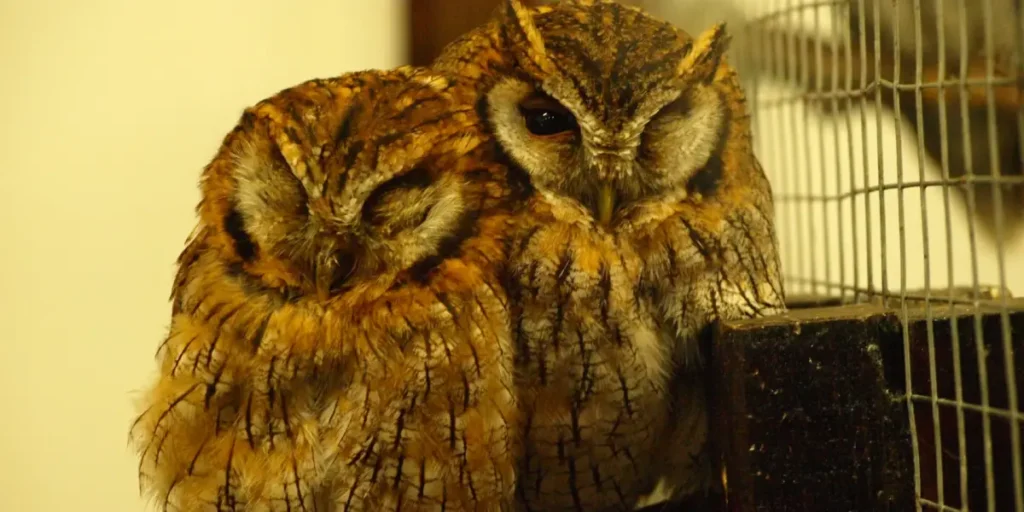
Image: merec0 / immerse.zone/
How You Can Help Urban Wildlife
There are numerous ways that people can support the conservation and welfare of urban animals, even though wildlife rehabilitation facilities are essential to the cause. In metropolitan areas, every action no matter how small can contribute to a more peaceful cohabitation of people and wildlife.
Practical Tips for Helping Urban Wildlife:
- Responsible Coexistence: Find out more about the local wildlife species and take action to reduce conflict. Lock up trash cans, don’t feed wildlife, and confine or leash your pets.
- Habitat Creation: Establish areas in your community or yard that are wildlife-friendly. Plant native shrubs and trees, build bird baths and feeders, and provide insects and small mammals a place to live.
- Support Local Rehabilitation Centers: Give to or volunteer at the wildlife rehabilitation facility in your community. For these institutions to keep up their important job, the public’s assistance is crucial.
- Report Injured or Orphaned Wildlife: Get in touch with your neighborhood wildlife rehabilitation facility or animal control organization if you come across an injured or abandoned animal. It is risky for you and the animal to try to handle wildlife on your own.
- Educate Others: Raise awareness of the value of conserving urban wildlife. Inform your neighbors, relatives, and friends and urge them to take action to save these priceless animals.
We can all contribute to building a more sympathetic and sustainable future for urban wildlife by following these easy actions. Never forget that all living things, no matter how big or small, need our respect and care. If we work together, we can change things.
Conclusion
Wildlife rehabilitation facilities serve as rays of hope for abused urban creatures. They give sick, injured, and orphaned species a second shot at life via their unwavering work ethic and caring care, enabling them to flourish in their native environments. These facilities are essential to preserving the natural equilibrium of metropolitan regions and promoting peaceful cohabitation of people and wildlife.
Wildlife rehabilitation facilities’ job is becoming more and more crucial as urbanization keeps encroaching on natural ecosystems. We can all help to ensure the conservation and well-being of these priceless animals by financing these facilities, learning about urban wildlife, and reducing confrontation. Let’s practice empathy and collaborate to build a future in which wildlife and people can live in harmony in the urban jungle.
